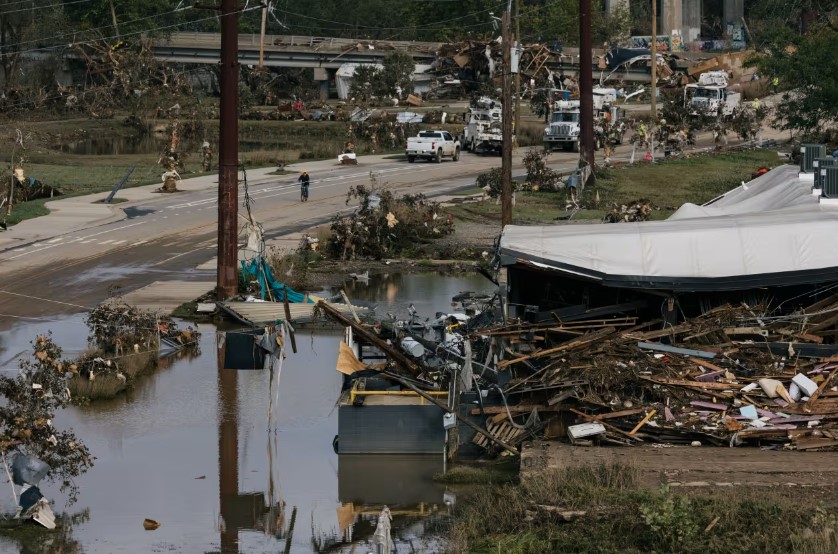Published by REALTOR.com | October 7, 2024
Owners of homes and businesses slammed by Helene could be in for a nasty shock when they check the small print of their policies.
Homeowners are rushing to file insurance claims after Hurricane Helene left a trail of destruction across six states. Many of them will likely be left empty-handed.
Property insurers in recent years have hollowed out coverage and sharply increased rates to make up for steep underwriting losses driven by natural disasters. Owners of homes and businesses slammed by Helene could be in for a nasty shock when they check the small print of their policies.
“Insurers have become significantly tougher on hurricane claims,” said Rick Tutwiler, a claims adjuster for property owners based in Tampa, Fla. “We’ve moved to an era dominated by exclusions, diminishing coverages, and even harsher policy terms.”
Helene is one of the deadliest and most destructive hurricanes to hit the U.S. in recent years, with property damage pegged at $15 billion to $26 billion by ratings firm Moody’s. The insured loss, however, will likely be at the lower end of initial forecasts, which ranged from around $5 billion to $15 billion, according to John Neal, chief executive of the Lloyd’s of London insurance marketplace.
Much of the shortfall is because typical home insurance policies don’t cover flooding, and most people don’t have separate flood insurance. Another reason is an increase in coverage restrictions.
Policies in hurricane-prone areas are now more likely to have higher deductibles for wind damage, reduced payouts for older roofs, limits on interior water damage and exclusions for damage from wind-driven rain, according to insurance agents.
“I’ve had tons of phone calls from people with relatively small losses that are going to fall under the deductible and not be covered,” said Meg O’Toole Herman, owner of a Goosehead Insurance agency in Hilton Head Island, S.C.
The barrier island escaped the most deadly impact of Helene, but was still hammered by high winds. “We’ve got tree limbs poked into roofs, cars with trees on them and boats battered around harbors, sinking or missing,” Herman said.
Damage to houses and yards in many cases will be less than each property’s deductible for wind losses, Herman said. That deductible for many policies in her area is now 3% to 5%, she said, up from 2% in 2021.
A 5% deductible means the owner of a million-dollar home would have to pay the first $50,000 of losses.
Hurricane deductibles help give customers access to “reliable protection in areas prone to catastrophic storms,” said Tom Wilson, chief executive of insurance company Allstate.
Helene’s reach could mean yet more price increases are on the way for property owners in hard-hit inland areas such as Asheville, N.C., that previously weren’t seen as particularly vulnerable to extreme weather.
Fewer than one in 100 households in the worst-flooded inland counties have flood coverage, said Mark Friedlander, spokesman for the Insurance Information Institute, an industry group.
Even in Florida, where more flood insurance is sold than in any other state, more than 95% of homes in Helene’s path across the Big Bend, in the northern part of the state, lack such policies.


